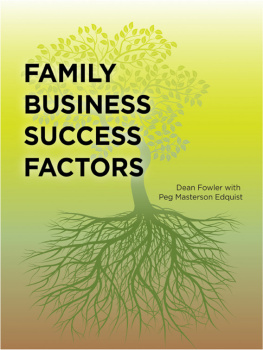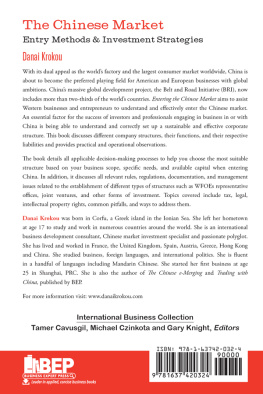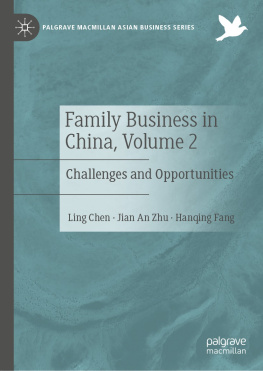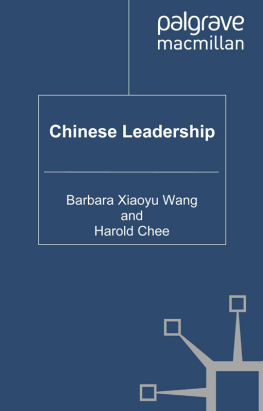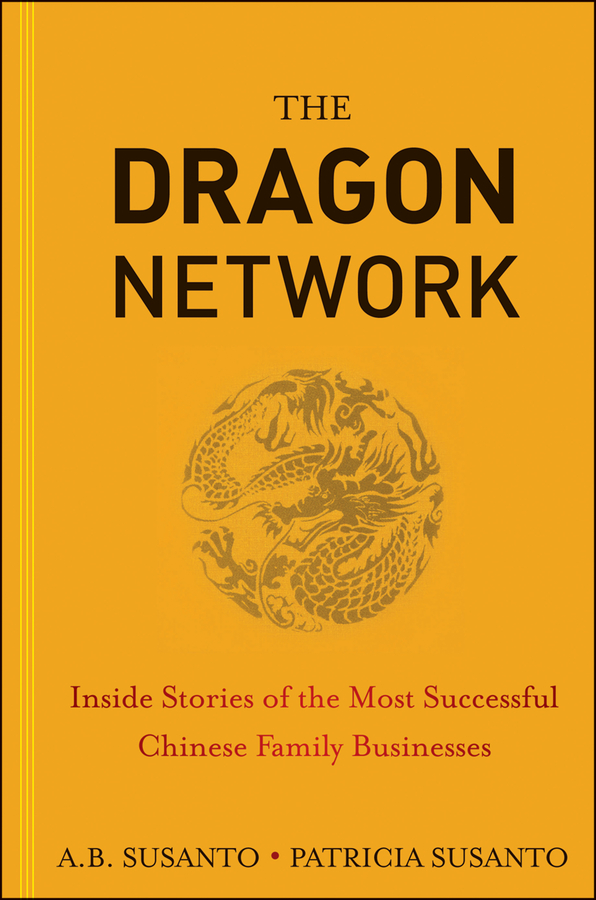Contents
Since 1996, Bloomberg Press has published books for financial professionals, as well as books of general interest in investing, economics, current affairs, and policy affecting investors and business people. Titles are written by well-known practitioners, BLOOMBERG NEWS reporters and columnists, and other leading authorities and journalists. Bloomberg Press books have been translated into more than 20 languages.
For a list of available titles, please visit our web site at www.wiley.com/go/bloombergpress .

Copyright 2013 by John Wiley & Sons Singapore Pte. Ltd.
Published by John Wiley & Sons Singapore Pte. Ltd.
1 Fusionopolis Walk, #07-01, Solaris South Tower, Singapore 138628
All rights reserved.
No part of this publication may be reproduced, stored in a retrieval system, or transmitted in any form or by any means, electronic, mechanical, photocopying, recording, scanning, or otherwise, except as expressly permitted by law, without either the prior written permission of the Publisher, or authorization through payment of the appropriate photocopy fee to the Copyright Clearance Center. Requests for permission should be addressed to the Publisher, John Wiley & Sons Singapore Pte. Ltd., 1 Fusionopolis Walk, #07-01, Solaris South Tower, Singapore 138628, tel: 6566438000, fax: 6566438008, e-mail: .
Limit of Liability/Disclaimer of Warranty: While the publisher and author have used their best efforts in preparing this book, they make no representations or warranties with respect to the accuracy or completeness of the contents of this book and specifically disclaim any implied warranties of merchantability or fitness for a particular purpose. No warranty may be created or extended by sales representatives or written sales materials. The advice and strategies contained herein may not be suitable for your situation. You should consult with a professional where appropriate. Neither the publisher nor the author shall be liable for any damages arising herefrom.
Other Wiley Editorial Offices
John Wiley & Sons, 111 River Street, Hoboken, NJ 07030, USA
John Wiley & Sons, The Atrium, Southern Gate, Chichester, West Sussex, P019 8SQ, United Kingdom
John Wiley & Sons (Canada) Ltd., 5353 Dundas Street West, Suite 400, Toronto, Ontario, M9B 6HB, Canada
John Wiley & Sons Australia Ltd., 42 McDougall Street, Milton, Queensland 4064, Australia
Wiley-VCH, Boschstrasse 12, D-69469 Weinheim, Germany
ISBN 978-1-118-33937-4 (Cloth)
ISBN 978-1-118-33938-1 (ePDF)
ISBN 978-1-118-33939-8 (Mobi)
ISBN 978-1-118-33940-4 (ePub)

Acknowledgments
I would like to express our gratitude to all of our family who have taken the time to meet with us and share their story and impart their wisdom and knowledge of life; the experience itself is nothing short of extraordinary. We have also appreciated the support from the Indonesia Chinese community, who have given their time to be interviewed, helping us go deeper into the roots of our Chinese heritage.
Thanks go to our team, especially Himawan Wijanarko and Hariadi Suripto, who have dedicated their time to conducting extensive research, holding discussions, and writing this book, and to the team at John Wiley & Sons, who have made an idea come true.
Introduction
Overseas Chinese family businesses (OCFBs) have played an important role in the Southeast Asian economies of Indonesia, Thailand, Malaysia, Singapore, and the Philippines. In other parts of the world, such as Australia and North America, we can also find successful family businesses founded by Chinese citizens, although their number and size are smaller than those in the Southeast Asia region.
As most Chinese family businesses come from the Southeast Asia region it is important to know some of the reasons. First, countries such as Indonesia, Thailand, Malaysia, and the Philippines are emerging marketsnations with social or business activity in the process of rapid growth and industrialization. The role of these emerging markets, together with other quickly growing markets from other countries such as Brazil, India, and China, are expected to be increasingly important in the upcoming decades. To support this rapid growth and industrialization, the contribution of these Chinese-owned businesses cannot be ignored.
Second, all countries in the Southeast Asia region are members of the Association of Southeast Asian Nations (ASEAN). ASEAN covers a land area of 4.46 million km, which is 3 percent of the total land area of Earth, and has a population of approximately 600 million people, which is 8.8 percent of the worlds population. In 2010, its combined nominal GDP had grown to US$1.8 trillion. If ASEAN were a single entity, it would rank as the ninth largest economy in the world, behind the United States, China, Japan, Germany, France, Brazil, the United Kingdom, and Italy. ASEAN will make much progress in economic integration by creating an ASEAN Economic Community (AEC) by 2015. Overseas Chinese family businesses, already known for their ability to identify and capitalize on business opportunities, surely do not want to miss the chance to tap into this large and potential market.
Third is the signing of the ASEANChina Free Trade Area (ACFTA). ACFTA is a free-trade area among the ten member nations of the ASEAN plus China. This free-trade area came into effect on January 1, 2010. ACFTA is the largest free-trade area in terms of population and third largest in terms of nominal GDP. It also has the third largest trade volume after the European Economic Area and the North American Free Trade Area (NAFTA). China had already overtaken the United States as the third largest trading partner of ASEAN, after Japan and the European Union, when the free-trade area came into effect. China is also the worlds largest exporter, so Chinese-owned businesses can be expected to seek opportunities to increase their business value.
The rapid growth and development of the Chinese economy has drawn attention from people around the world. They want to learn about the characteristics of the Chinese economy, including how Chinese businesspeople run their companies. Since the economic reform and the integration into world society of China, the number of non-state businesses has increased and many of them are family owned. Today, Chinese family companies control a portion of Asias economic wealth that is larger than their relative share in population (Lee, 2006). This development will attract more people to research Chinese family businesses. And to make the learning process easier, people outside mainland China will likely observe family businesses founded by ethnic Chinese in their home countries, since these businesses are considered to have many similarities with family businesses in mainland China.
Economic development in the ASEAN and mainland China, as well as success stories of ethnic Chinese entrepreneurs in other regions such as North America and Australia, are the reason why learning about OCFBs is needed. Most ethnic Chinese businesses are family owned since family is the foundation of Chinese organizations, including businesses. We need to learn their management style, for example, how business organization is structured, how family relationship affects business management, and how Chinese traditional values influence family business practices. It is also interesting to learn about the challenges facing Chinese family businesses in a rapidly changing environment, and whether these family businesses will be able to survive and thrive in future generations.


